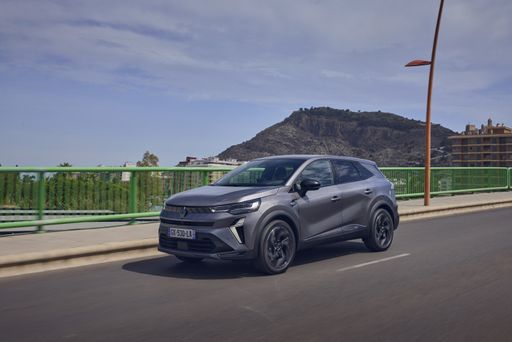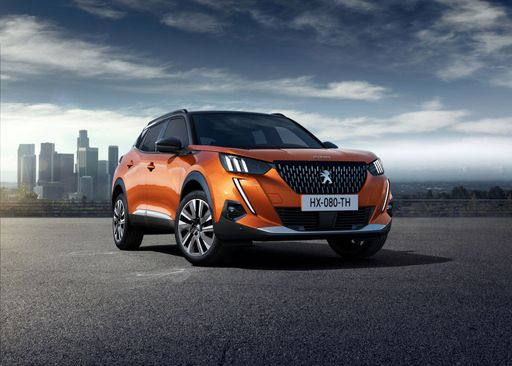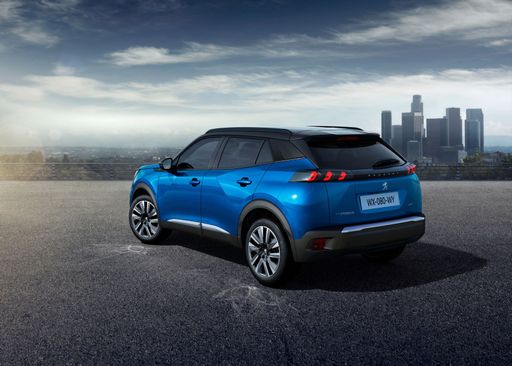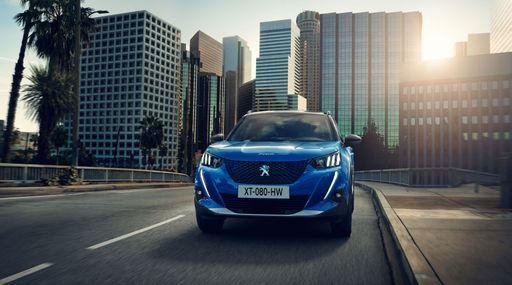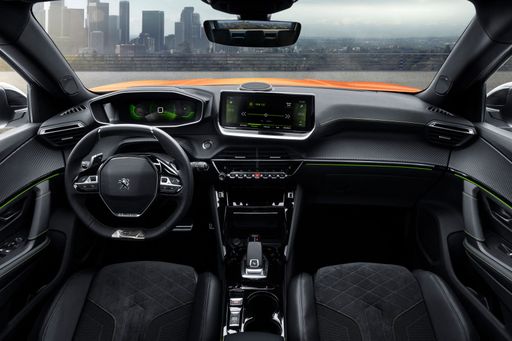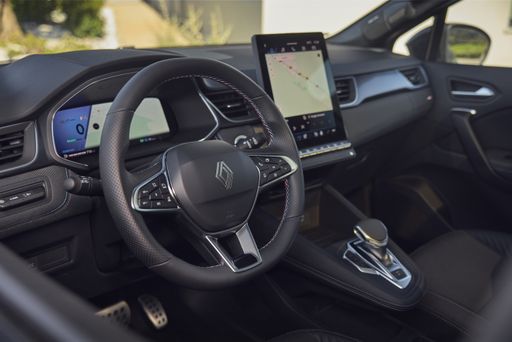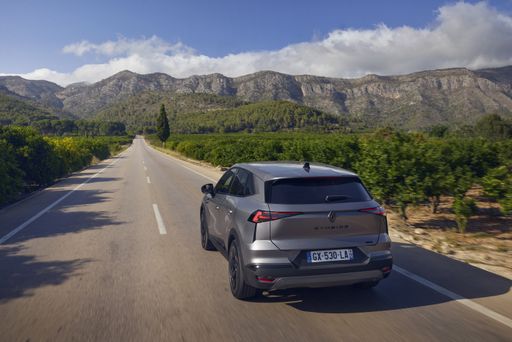Peugeot 2008 vs Renault Symbioz: A Clash of Innovation and Style
The automotive world is constantly evolving, with manufacturers striving to deliver not only performance but also efficiency, technology, and comfort. In this article, we pit the Peugeot 2008 against the Renault Symbioz, two modern SUVs that represent the heart of innovation within their brands. With distinct approaches to power and design, let's delve into the technical aspects, features, and innovations that set these vehicles apart.

